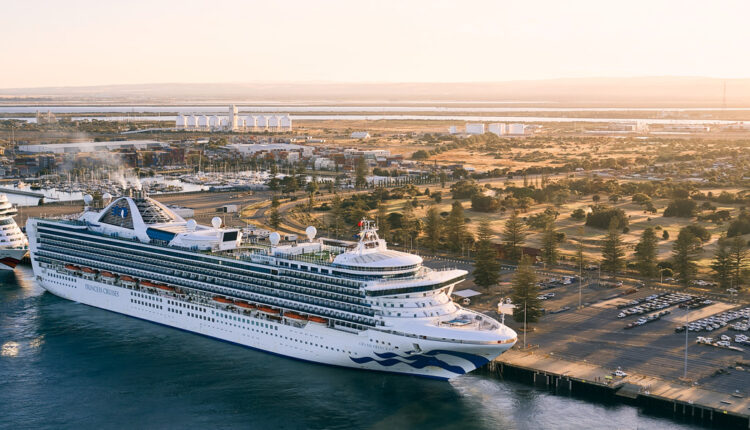Australia’s cruise tourism sector reports that its current value has surged to a record high, contributing significantly to the national economy.
At present, the Australian cruise tourism industry has generated A$8.43 billion for the national economy for the 2023-2024 period.
It has also contributed greatly to the human resources sector, supporting over 26,000 jobs throughout the country.
The most recent economic impact assessment commissioned by Cruise Lines International Association (CLIA) together with the Australian Cruise Association (ACA) shows that the country’s cruise tourism sector is thriving thanks to an increase in both passenger spending and cruise line outlays.
An impressive economic output
The annual report shows that the industry’s total economic output for the 2023-2024 fiscal year shows a 49.7 percent increase over the previous year. This is also the highest output ever recorded by the cruise tourism sector.
Also, the industry supported a total employment of 26,370 full time equivalent positions around Australia, showing an increase of around 44.7 percent from the previous year. Total wages also increased by 55.8 percent, as A$2.83 billion was paid to Australian workers.
Key findings
The Value of Cruise Tourism economic impact assessment for Australia was prepared by AEC Group on behalf of CLIA and the ACA. Its key findings for 2023-24 show:
- A total economic output of A$8.43 billion nationally, including direct output of A$3.38 billion and indirect/induced output of A$5.05 billion;
- Total employment of 26,370 full time equivalent positions nationally, with total wages of A$2.83 billion;
- A total of 49 Australian ports and destinations visited, welcoming 1,650 ship visits;
- A total of 4.26 million passenger visit days;
- A significant increase in turnaround passengers, the highest-spending visitors. Turnaround passenger visit days totalled 3.00 million. Transit passenger visit days totalled 1.25 million;
- Total direct passenger expenditure of A$1.94 billion and direct crew expenditure of A$60.4 million;
- An average passenger spend per day on shore of A$455 per person;
- Average crew spend per day on shore A$138 per person;
- The largest beneficiary of direct passenger expenditure was the hotel and accommodation sector which received A$593.1 million of passenger spending. Other beneficiaries included food & beverage, shore excursions, transport, retail shopping, and entertainment; and
- Direct cruise line expenditure of A$1.59 billion, including A$350.7 million paid to ports and governments.
A caveat for a booming industry
CLIA managing director in Australasia Joel Katz remarked that cruise tourism grew exponentially as travellers embraced holidays at sea, but he warned future prosperity was being hampered by high costs and regulatory complexities in Australia.
Katz said: “The value to the local economy is enormous, but the deployment of ships to this region is at risk of decline while Australia remains one of the world’s most expensive destinations for cruise lines. Rising fees and charges have combined with a complex regulatory environment, which reduces Australia’s competitiveness.”
ACA CEO Jill Abel said cruise ships had visited 49 ports and destinations around Australia during 2023-24, bringing increases in visitor spending to every coastal state and territory.
Abel said: “Cruise ships made 1,650 visits to communities around the Australian coast in 2023-34, an increase of 5.1 percent on the year before. Together these destinations recorded almost 4.3 million passenger visit days over the financial year, an increase of 26.9 percent.”
This resulted in a windfall for businesses like tourism operators, hotels and restaurants, retailers, transport providers and port operators.”
Abel added: “Passengers often return to destinations they initially discovered on a cruise, which creates added benefits for communities in the longer term.”








